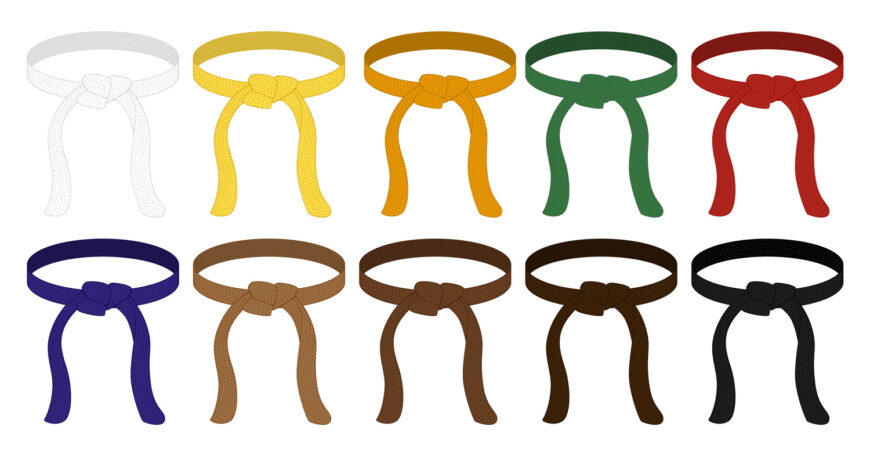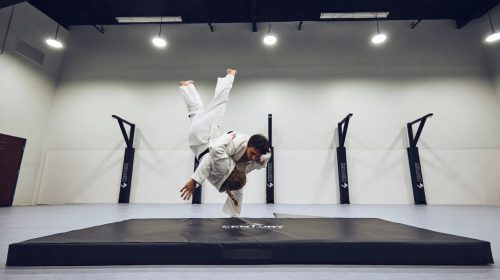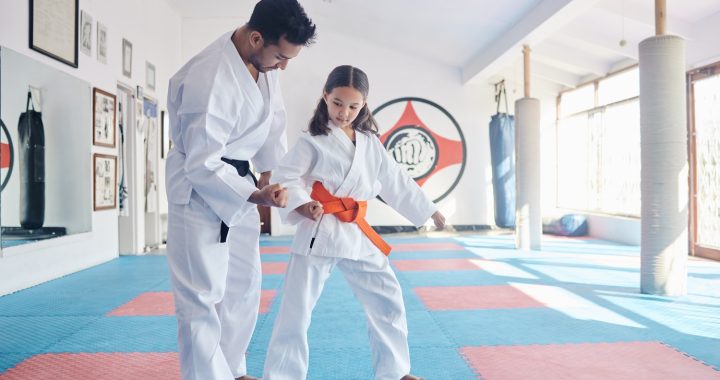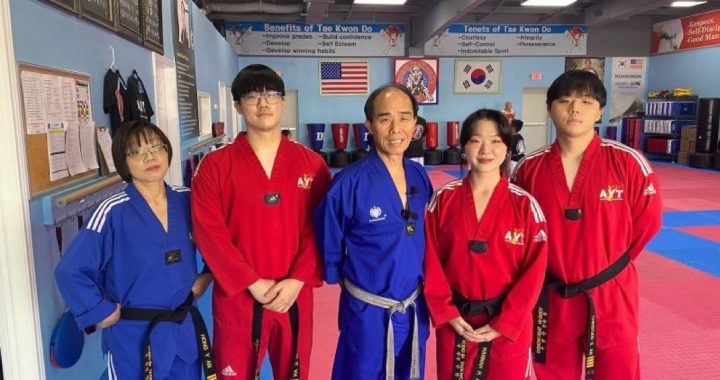
What is the Karate Belt Ranking System
Karate is an old martial art that teaches self-defense and empowerment in a society where people are becoming more concerned about their safety. The Karate Belt Ranking System is an organized progression system that forms the basis of karate. With its range of colored belts, this system acts as a guide for practitioners, taking them from beginner to expert. To shed light on how this age-old tradition not only cultivates physical strength but also transmits crucial abilities for navigating the problems of the modern world, we examine the significance of the Karate Belt Ranking System within the framework of self-defense in this introduction.
The Origins of Karate and Its Belt System
With its origins in Okinawa, Japan, karate has a strong foundation in both martial arts and self-defense. Chinese martial arts influenced its growth as it developed over the ages into a unique discipline. Developed in the 20th century, the belt system provides a visual depiction of a practitioner’s development and proficiency. Every belt color represents a level of proficiency, ranging from white (beginning) to black (expert). This system emphasizes the process of mastery and self-improvement in addition to acknowledging proficiency. Karate’s striking, blocking, and kicking techniques are refined for realistic self-defense, giving people the tools they need to defend themselves.
Understanding the Belt Levels in Karate
Understanding the karate belt levels entails accepting the fundamental ideas of discipline, attention, and constant progress in addition to becoming an expert in the particular self-defense moves taught at each level. Every belt represents a turning point in the quest for personal growth and competence in self-defense.
1. White Belt
The beginning represents purity and a blank canvas. Students are taught Basic blows, postures, and self-defense skills.
2. Yellow Belt
This is a representation of the first rays of sunshine rising. Students develop fundamental skills and begin laying the groundwork for more complex actions, such as defensive ones.
3. Orange Belt
This shows increasing understanding and enthusiasm. Students concentrate on strengthening their defensive abilities and developing efficient ways to fend off attacks.
4. Green Belt
Signifies development and progress. Students study increasingly advanced forms of self-defense, focusing on quick reflexes and calculated reactions.
5. Blue Belt
Symbolizes steadiness and depth. Students gain proficiency in a range of defensive strategies, developing their capacity to adjust to various circumstances effectively.
6. Purple Belt
Represents the change to higher levels. Students explore the specifics of self-defense, showcasing a greater degree of proficiency and skillfully combining multiple methods.
7. Brown Belt
Stands for refinement and maturity. Learning the subtleties of the art, improving their self-defense skills, and gaining a deeper comprehension of strategy are the main goals for the students.
8. Black Belt (Dan Levels
The greatest mark of competence and expertise. Black belts represent a comprehensive grasp of karate that goes beyond particular self-defense skills and includes mental discipline, respect, and responsibility.
The Journey of Self-Defense Through Belt Progression
The process of learning self-defense through belt development entails moving up through several colored belts, which represent different degrees of ability in martial arts including judo, taekwondo, and karate. Every belt signifies a turning point in the growth of one’s abilities and comprehension of self-defense moves, such as blocks, strikes, and evasive tactics. As practitioners advance from white to black belt and beyond, they develop mental discipline, situational awareness, and self-assurance in their capacity to defend others as well as themselves.
Beyond the Belt: Self-Defense as a Way of Life
Beyond the belt system, self-defense develops into a way of life rather than merely a set of skills acquired in a martial arts class. Self-defense practitioners adopt a mindset that places a high value on situational awareness, personal safety, and conflict resolution abilities in all facets of their lives. They combine mental preparation with physical training, realizing that self-defense is about avoiding, defusing, and maneuvering through potentially harmful circumstances in addition to physical conflict. People develop resilience, adaptability, and self-assurance in their capacity to defend themselves and others both inside and outside of the training setting via consistent practice and self-reflection.
Conclusion
The karate belt ranking system provides a formalized framework for evaluating and recognizing the advancement of a person’s self-defense abilities. Every degree, from the entry-level white belt to the prestigious black belt and beyond, signifies a significant advancement in both mental and physical proficiency. But it’s important to understand that self-defense is a lifetime process of learning, adaptability, and self-improvement rather than just the attainment of belts. The actual meaning of self-defense is the development of awareness, resilience, and the capacity to defend oneself and others in any circumstance, regardless of the color of one’s belt. As practitioners rise through the ranks, they not only improve their skills but also get a better comprehension of the ideas and morals that underpin self-defense, making sure they are prepared to confidently and competently meet challenges in life.


























